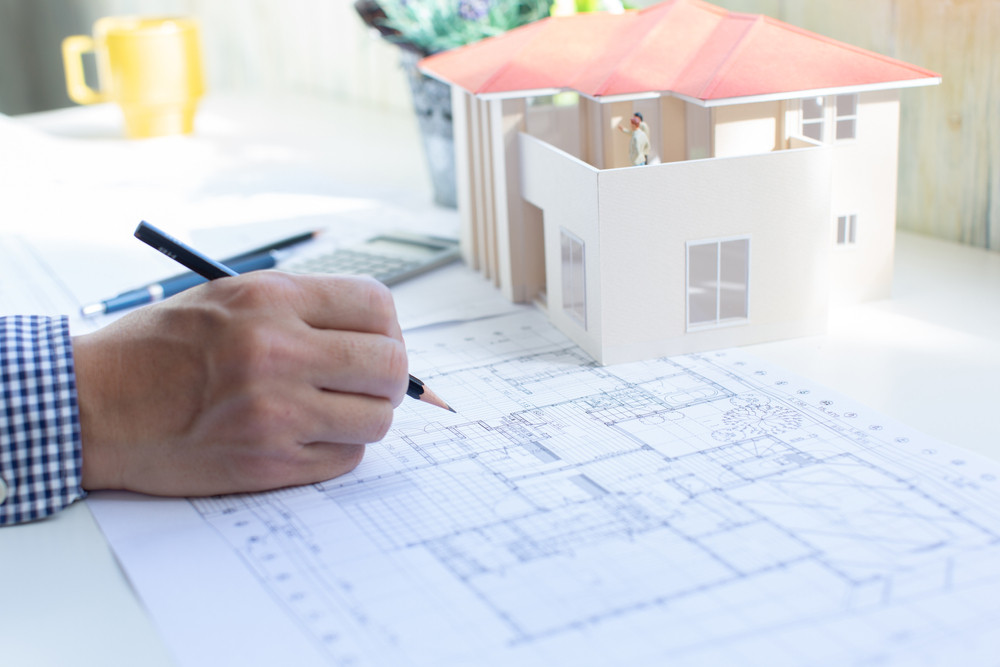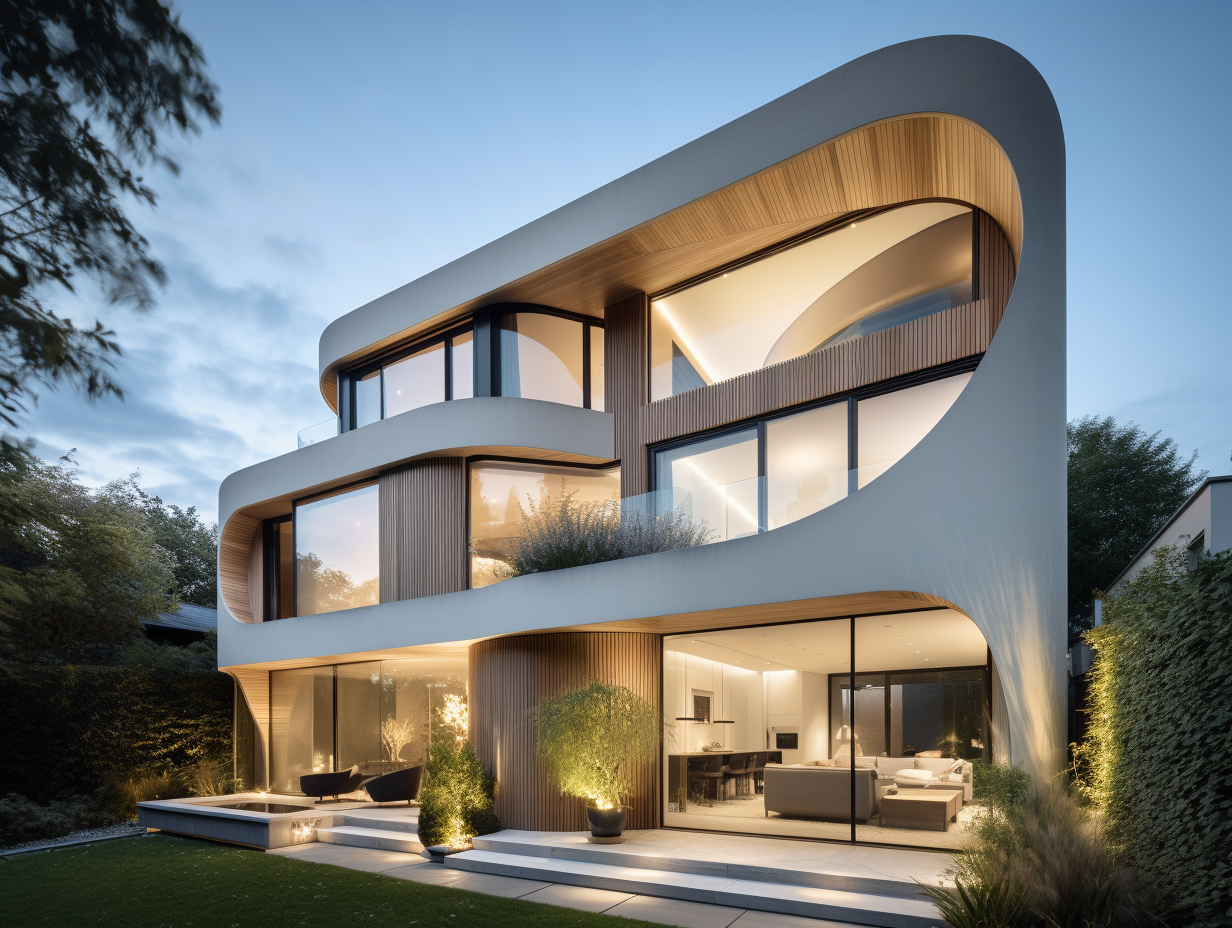Why CDA Architects Are Leaders in Architectural Design and Technology
Why CDA Architects Are Leaders in Architectural Design and Technology
Blog Article
A Detailed Review of Building Designs and Their Influence on Modern City Preparation and Advancement
Building designs have actually long served as a mirror to the social values and technological innovations of their time, playing an important role in shaping contemporary city preparation and development. From the magnificence of Neoclassicism to the utilitarian method of Brutalism, each style has actually presented one-of-a-kind concepts that affect city looks and functionality.
Historical Introduction of Architectural Designs

As societies transitioned through the Middle Ages, Gothic design emerged, defined by its verticality and elaborate describing, mirroring the spiritual ambitions of the era. The Renaissance noted a rebirth of classic perfects, combining art and design in cutting-edge manner ins which influenced succeeding styles across Europe.

Today, building designs continue to develop, driven by globalization and sustainability worries, reflecting a vibrant interplay between heritage and development. This historic overview emphasizes the relevance of architecture as a mirror of societal evolution and as a stimulant for metropolitan development.
Key Architectural Styles Explained
The diversity of architectural designs mirrors the myriad impacts that shape our constructed atmosphere, each embodying unique qualities and social relevances. Key building designs include Timeless, Gothic, Baroque, Modernism, and Postmodernism, each representing special historical contexts and visual approaches.
Classic architecture, rooted in old Greece and Rome, emphasizes symmetry, percentage, and using columns (cda architects). On the other hand, Gothic style, flourishing in the Center Ages, is defined by pointed arches, ribbed vaults, and flying buttresses, producing a spiritual top quality in basilicas. Baroque design, emerging in the 17th century, is noted by magnificence, elaborate embellishment, and a dynamic interplay of light and darkness
Innovation, which got energy in the very early 20th century, prioritizes function over type, using new materials like steel and glass to produce minimal frameworks. Postmodernism, responding against the austerity of Innovation, accepts eclecticism and historical reference, often incorporating spirited elements and irony.

Influence On Urban Preparation
In forming the development of cities, architectural styles significantly influence metropolitan preparation choices. The selection of architectural style frequently dictates the appearances, performance, and overall character of urban environments.
In addition, building styles can influence zoning regulations and land make use of policies. Urban organizers have to think about the prevailing building fads when designing areas, making sure that brand-new growths harmonize with existing frameworks. This factor to consider promotes cohesive urban landscapes and enhances neighborhood identification.
The application of certain architectural styles can also influence socioeconomic elements within a city. High-end modern styles may bring in affluent citizens and companies, leading to gentrification, while a lot more economical find out here housing options may prioritize sensible and sustainable designs to suit diverse populaces. cda architects. Eventually, the interaction in between architectural styles and city preparation develops dynamic cities that reflect both historic context and modern needs, forming the lived experiences of their inhabitants
Sustainability and Modern Design
Building styles play an essential role in dealing with modern obstacles, especially in the world of sustainability. As urban locations increase and ecological concerns escalate, modern architecture progressively accepts lasting design concepts that focus on energy efficiency, resource conservation, and marginal ecological influence.
Contemporary building activities, such as biophilic layout and environment-friendly style, advocate for frameworks that balance with their environments, making use of all-natural materials and advertising biodiversity. These styles often include eco-friendly power sources, such as solar panels and wind generators, to minimize dependence on nonrenewable fuel sources and lower carbon impacts.
Additionally, the assimilation of sophisticated innovations, such as smart building systems, improves energy administration, enhancing source use while making certain owner convenience. Cutting-edge water monitoring methods, consisting of rain harvesting and greywater recycling, additional add to lasting metropolitan atmospheres.
Notably, sustainability expands beyond environmental issues; it encompasses social and economic dimensions as well. By cultivating community health and promoting inclusivity, modern-day architectural designs straighten with sustainable growth objectives. Consequently, the development of architectural practices proceeds to form resilient cities that not just fulfill the requirements of the present yet additionally safeguard the future for generations ahead.
Area Interaction in Design
Area interaction in layout serves as a critical bridge in between designers and the populations they offer, ensuring that the built environment shows the demands and ambitions of its customers. This collective process welcomes community members to add their understandings and choices, cultivating a sense of possession and duty toward the areas they inhabit.
Efficient neighborhood involvement uses different methods, such as workshops, studies, and public discussion forums, to gather diverse point of views. These techniques assist in a two-way discussion, permitting architects you can try here to understand neighborhood contexts while equipping residents to articulate their concerns and wishes. This inclusivity not just boosts the style high quality however likewise promotes social equity by addressing the distinct difficulties dealt with by marginalized groups.
In addition, area interaction can lead to cutting-edge options that could not arise in a conventional style process. By integrating local understanding and social values, architects can produce spaces that resonate even more deeply with individuals, boosting functionality and sustainability. Ultimately, focusing on neighborhood interaction in layout procedures causes settings that support social interactions, support wellness, and strengthen community connections, thereby playing a crucial duty in shaping modern-day urban landscapes.
Verdict
Architectural designs have profoundly influenced modern city preparation and development, showing progressing cultural and technological contexts. The combination of historical aesthetics with modern demands cultivates city settings that focus on sustainability and neighborhood interaction. As cities remain to grow and adjust, the recurring discussion between architectural heritage and modern layout concepts will certainly stay vital in producing inclusive, dynamic spaces that boost top quality of life and promote social equity. The future of urban development rest on this harmonious balance.
Report this page